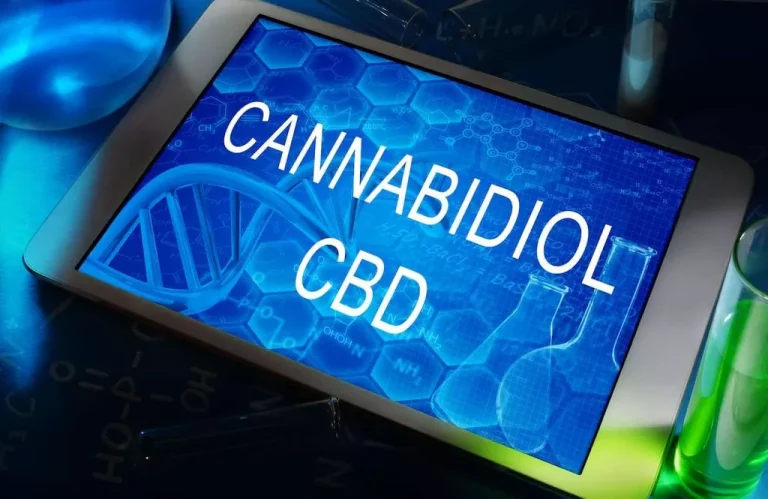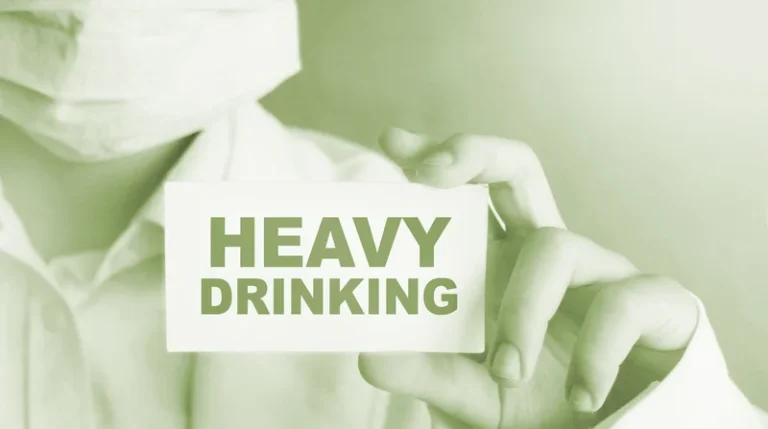
Most people call this stage of intoxication being “tipsy.” A person’s BAC at this stage might range from 0.03 to 0.12 percent. At this stage of intoxication, the person’s behavior will be normal with no visible signs of intoxication, such as slurred speech or delayed reaction time. Both young people and adults can experience alcohol poisoning. The condition is usually linked to drinking too many alcohol beverages. But in some cases, people with this condition might have accidentally or intentionally drank household products containing alcohol, such as mouthwash or vanilla extract.
Medication for Alcohol Withdrawal
This is of particular concern when you’re taking certain medications that also depress the brain’s function. During the recovery stage, it’s not uncommon to feel temporarily worse. For some people, AUD has hurt their relationships, careers, health, finances, https://ecosoberhouse.com/ self-esteem, and other aspects of their lives. One of the biggest concerns with risky drinkers is when they don’t think they have a problem. Moderate drinking is the only safe way to consume alcohol, but drinking in general isn’t safe for everyone.

Alcohol Intoxication: Side Effects, Symptoms, & Treatment
It can range in seriousness from mild to moderate to severe. Note that a BAC of 0.08 percent is the legal limit of intoxication in the United States. A person can be arrested for driving with a BAC above this limit. If a person has consumed one or less drinks per hour, they’re considered to be sober, or low-level intoxicated.
- Your doctor can help you find a treatment program that’s right for you.
- Clinical evidence suggests that the most common causes of relapse during this stage are neglecting self-care or not attending self-help groups.
- But if a person drinks very quickly, they can get to this stage before long.
- However, if someone drinks heavily and/or regularly, it can be difficult to stop and it may be unsafe to do so without medical guidance.
- Alcoholic cirrhosis is a progression of ALD in which scarring in the liver makes it difficult for that organ to function properly.
- Once stabilized, the goal is to transition from detox, to treatment, to maintenance (practicing sober living by changing your life), to transcendence—the final step in the path to recovery.
When To Seek Help for Alcohol Addiction
Do you drink to forget, stop worrying, or eliminate anxiety? When combined with other evidence-based therapies, such as cognitive behavioral therapy (CBT), MAT can help prevent relapse and increase your chance of recovery. Most will offer aftercare once you complete the inpatient portion of your treatment. If willing, a person with an AUD can get stabilized with recovery. This step aims to transition from drug use to detox to treatment. From there, you will work on maintenance (learning to live sober) and, finally, transcendence or full recovery.
Sobriety or low-level intoxication
- It also includes binge drinking — a pattern of drinking where a male has five or more drinks within two hours or a female has at least four drinks within two hours.
- Individuals in early stage addiction do not usually exhibit overt signs or experience serious negative repercussions related to their drinking.
- Since many people with alcoholism endure psychological problems, individual or group therapy may help in overcoming addiction.
- The effects of alcoholism, however, are not exclusive to the addict.
- These symptoms can occur six to 24 hours after their last drink.
- Some are offered on an inpatient basis (allowing you to move out of your home to get care), and others are available for outpatient treatment.
By Buddy TBuddy T is a writer and founding member of the Online Al-Anon Outreach Committee with decades of experience writing about alcoholism. Because he is a member of a support group that stresses the importance of anonymity at the public level, he does not use his photograph or his real name on this website. Once you quit drinking, your body can begin to recover from some of the damage or, at the very least, prevent it from getting worse. Chronic, long-term drinking can contribute to malnutrition by replacing foods needed for essential nutrients and by interfering with absorption, storage, or metabolism of the essential nutrients. This can also lead to anemia, when your red blood cell (RBC) count is lower than normal or there’s a problem with the hemoglobin protein inside those cells.
What causes alcohol-related liver disease?

Today, we know that the symptoms of alcoholism can vary from one person to the next. Because the condition is progressive, these symptoms may increase over time in terms of the number of symptoms, their severity, and their impact. These programs typically last 30, 60, or 90 days, sometimes longer. After this, if the person still needs care, they will require a different 5 stages of alcoholism type of program such as a longer term residential program. Also known as drunkenness, alcohol intoxication is the negative behavior and physical effects caused by drinking alcohol. The most severe form of alcohol withdrawal is delirium tremens (DTs), characterized by altered mental status and severe autonomic hyperactivity that may lead to cardiovascular collapse.

You might think binge drinking is safe when you only do it occasionally, but that couldn’t be further from the truth. The Diagnostic and Statistical Manual of Mental Disorders, Fifth Edition, Text Revision (DSM-5-TR) refers to this as moderate AUD. In moderate AUD, a person shows signs of four to five of the symptoms of AUD.
Leave a Reply